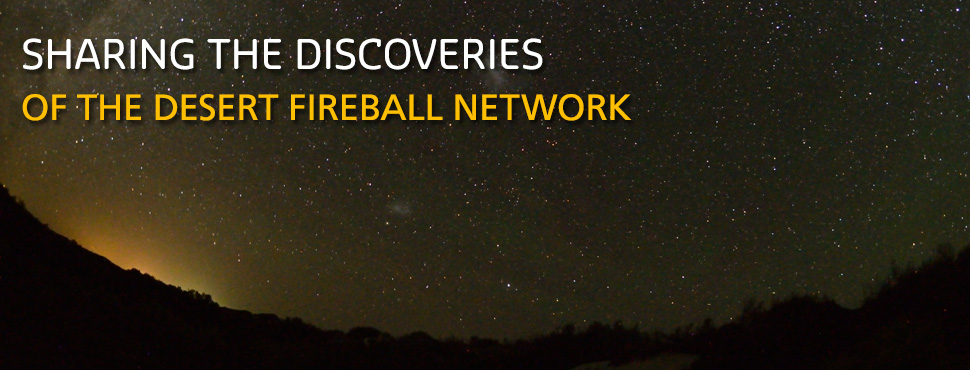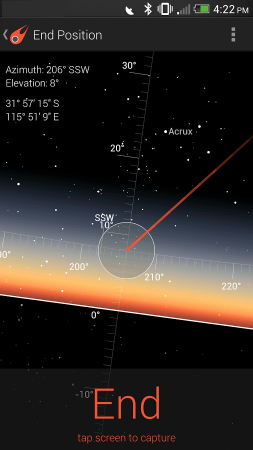
Curtin University’s Department of Applied Geology has been working on something exciting in outback Australia, and it has to do with meteorites, fireballs, and trying to understand our origins. Heavy stuff. Firstly, let’s take a look at what they’re trying to achieve, and then, how they’re going to achieve it.
The project
Meteorites are the oldest rocks in existence: the only surviving physical record of the formation and evolution of the solar system. They sample hundreds of different heavenly bodies. Potentially, meteorites offer a direct route to understanding our origins. But to decode that record we need to know where they come from. The Desert Fireball Network (or DFN for short) is designed to provide that data.
Meteorites generate a fireball as they come through the atmosphere – you may even have seen one of these yourself. The DFN is a network of digital cameras in the outback desert of Australia which capture photographs of the night sky. By making networked observations of the fireball we can triangulate its trajectory, track the rock forward to where it lands, and back, to where it came from in the solar system.
More and more cameras are being added to the DFN as the project expands. The final network will image the night sky over roughly one-third of Australia, and track whatever is coming through the atmosphere. DFN researchers will then go out and recover the meteorite. Knowing where the meteorite came from, and what it is made of, will help us to address some of the biggest questions in planetary science: how our planetary system came into being, and how dust and gas produced a planet capable of supporting life – our Earth.
The Android tie-in
What does Android have to do with all this? Simple really. Curtin approached an Australian development house ThoughtWorks and sought their assistance in producing an app to help engage citizens in capturing data about meteorites and fireballs in the night sky. ThoughtWorks initially produced an app to spec which would allow ‘citizen scientists’ to capture sightings using a simple touch interface.
 However, the guys at ThoughtWorks thought there could be so much more than this, and put in a fair bit of their own time to make the app better. It now has nice features like animated fireballs to help users describe sightings, through to more scientific inclusions like accurate star maps to help observers pinpoint the places they saw events occur.
However, the guys at ThoughtWorks thought there could be so much more than this, and put in a fair bit of their own time to make the app better. It now has nice features like animated fireballs to help users describe sightings, through to more scientific inclusions like accurate star maps to help observers pinpoint the places they saw events occur.
The app has come along to the point where it is now an official input into the research project itself, even tracking events like observed sonic booms (which would indicate a meteorite has entered the lower atmosphere for example).
This is just another in the many, many examples of quality apps developed in Australia by Australian development houses, and we think this is fantastic. When we saw this come across our desk, we had to share this with you. While we know the majority of our readers live up and down the eastern coast of Australia, and thus mightn’t have the clearest view of the events Curtin are trying to capture, this is nonetheless a good showcase of what our Aussie developers can produce.
If you do live or work somewhere that does give a good view of the night sky, and you’re keen to participate in some interesting Australian research, check out this app (links below) and let us know what you think.
Are you an Australian app developer? Have you got something like this that you’d like to feature on Ausdroid? We’d love to hear from you. Get in touch.



